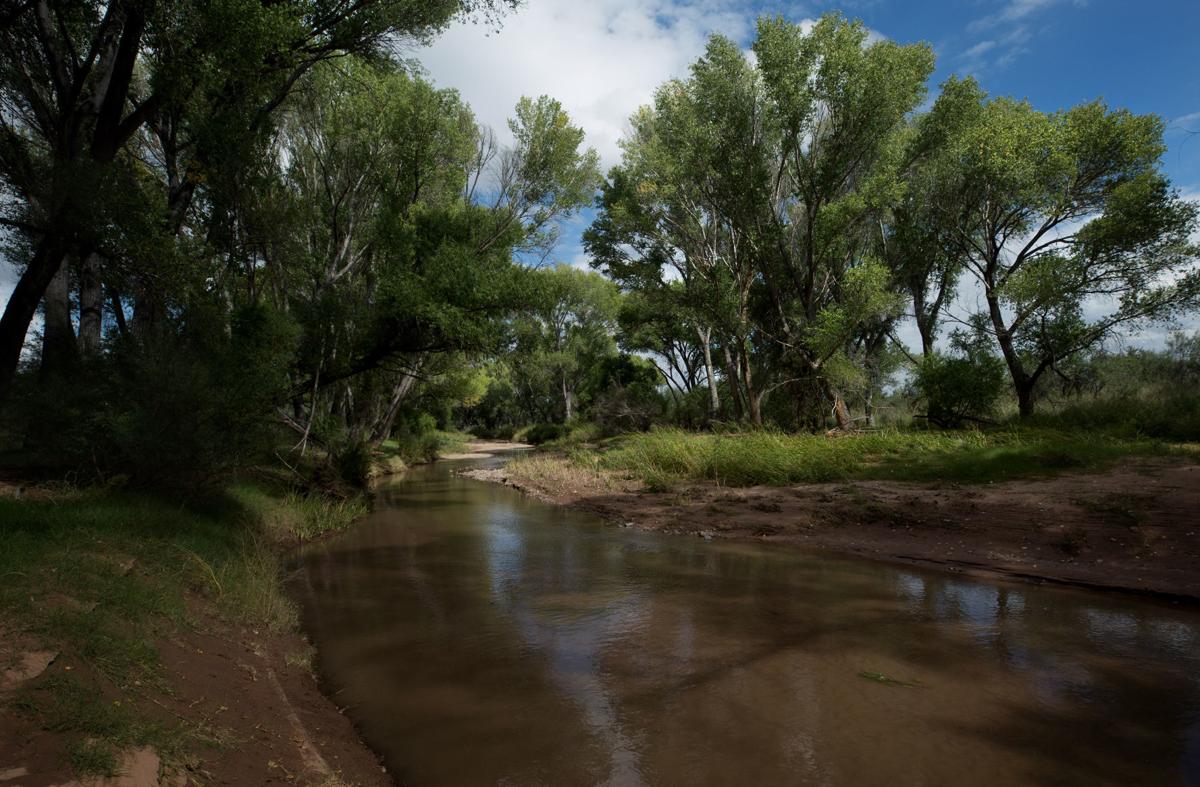Environmentalists filed suit versus the federal government, hoping to force cutbacks in staffing at the Army’s Fort Huachuca, water use in the Sierra Vista area or both, to protect the San Pedro River and four imperiled species.
The lawsuit seeks to overturn a 2014 U.S. Fish and Wildlife Service biological opinion that found the fort’s operations would not jeopardize the existence of the species or destroy the critical habitat they depend on.
The Tucson-based Center for Biological Diversity and two other groups filed the suit Friday in U.S. District Court in Tucson.
The lawsuit comes after efforts at setting up rare negotiations between Center for Biological Diversity and Fort Huachuca officials collapsed before talks commenced.
It is the latest of several lawsuits that the center and other groups have filed to contest a series of wildlife service biological opinions on the fort dating to the 1990s. Each time, the center has prevailed in court or before the suits came to trial to get the opinions overturned. But the wildlife service has responded by writing new opinions that the center continues to say are inadequate.
The San Pedro is the last remaining free-flowing desert river in the Southwest, and it has an international reputation as a haven for birds and other wildlife. But environmentalists and local officials have struggled for years over whether the river’s survival is compatible with urban development and the fort’s existence.
The 2014 biological opinion said the fort could continue operations without cutbacks because it had pledged various mitigation measures aimed at maintaining or increasing flows in the river. These measures included artificially recharging water, retiring agricultural pumping, and reducing water use at the fort itself.
The center and the other groups countered that cutbacks in actual fort operations or in water use off the base are needed to reduce groundwater pumping enough to keep the river from ever drying up.
They say the biological opinion failed to take into account new information or otherwise failed to accurately predict how the pumping might affect the four species: the endangered Southwestern willow flycatcher and Huachuca water umbel, and the threatened Western yellow-billed cuckoo and northern Mexican gartersnake.
Fort Huachaca is reviewing the new lawsuit, but “it is our policy not to comment on pending litigation,” fort spokeswoman Angela Camara said.
For the same reason, Jeff Humphrey, field supervisor for the wildlife service’s Arizona Ecological Services Office in Phoenix, also would not comment on the lawsuit.
In the suit, the environmental groups allege that:
- The 2014 opinion’s conclusions were based on flimsy science and promises of “speculative” savings that haven’t materialized.
- Many of the recharge projects haven’t put as much water back into the river as had been expected, and federal officials are improperly taking credit for water savings from agricultural cutbacks carried out nearly a decade before the opinion was written.
- The biological opinion fails to consider impacts of climate change on the river, despite clear evidence that the surrounding area is warming and drying and scientific forecasts that the warming will continue, likely reducing recharge into the river’s underlying aquifer.
- The biological opinion only made forecasts as far ahead as 2030, while environmentalists cited an internal, Fort Huachuca-commissioned consultant’s report that said the fort’s peak impacts on the river would occur around 2050.
Also filing the lawsuit were the Sierra Club’s Grand Canyon chapter and the Maricopa Audubon Society. The suit names as defendants officials of the Interior Department, the wildlife service, the Defense Department, the Army and Fort Huachuca, an Army post employing more than 11,000 people.
“We’re trying to save the San Pedro River, and the biggest threat to the San Pedro River is the groundwater pumping supported by the Department of Defense’s cash at Fort Huachuca,” said Robin Silver, a Center for Biological Diversity board member.
“Fort Huachuca, Sierra Vista and Cochise County promised to balance the water budget by 2011 between the pumping under the river and recharge into it. They have not kept their promise.”
“In fact, they’ve committed to an exponential increase in groundwater pumping,” said Silver, referring to the already approved, 7,000-home Pueblo del Sol development in Sierra Vista outside the fort. The development’s customer base will draw heavily on people whose jobs depend on the fort, environmentalists say. “This will kill the San Pedro River.”
In late January, Fort Huachuca Garrison Commander Chad Rambo wrote to Silver that far from threatening the river, the fort is actually in a state of groundwater “surplus.”
His letter — the substance of which is now being challenged by the lawsuit — said that while recharge projects haven’t worked as well as expected, other water mitigation projects have more than made up for the recharge gap.
At the same time, Rambo suggested that the fort and the center try to negotiate the conflict to avoid litigation — which would have been the first time the two warring parties have negotiated since 2004.
Silver agreed to have negotiations — if fort officials participated instead of lawyers, and if they were willing to discuss downsizing of the fort. The talks didn’t materialize.





